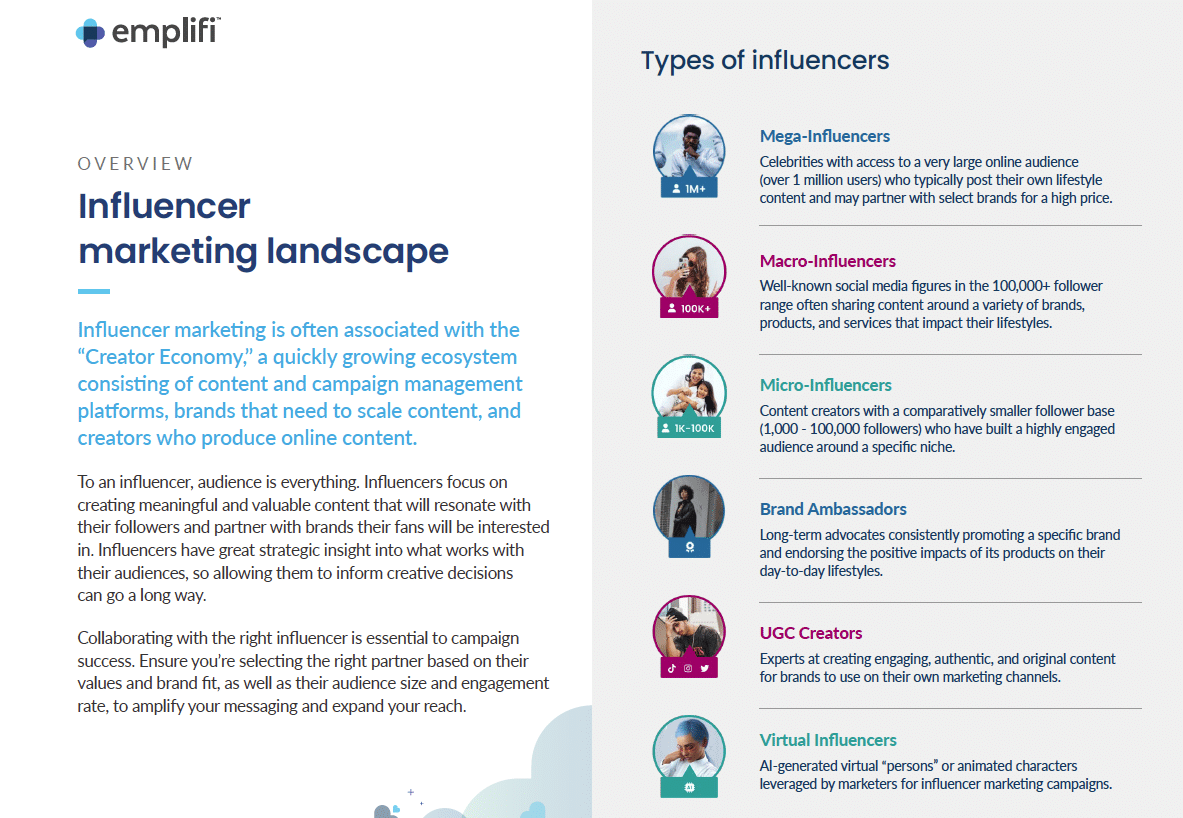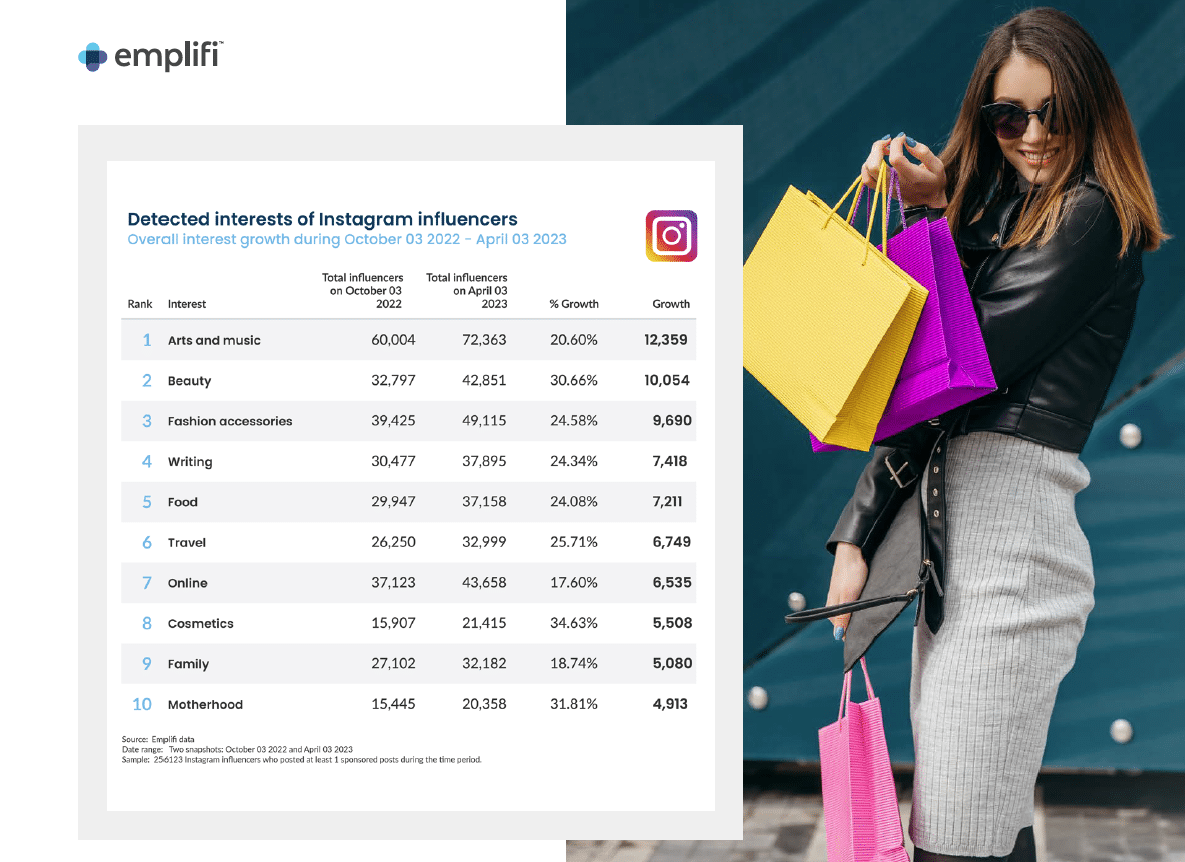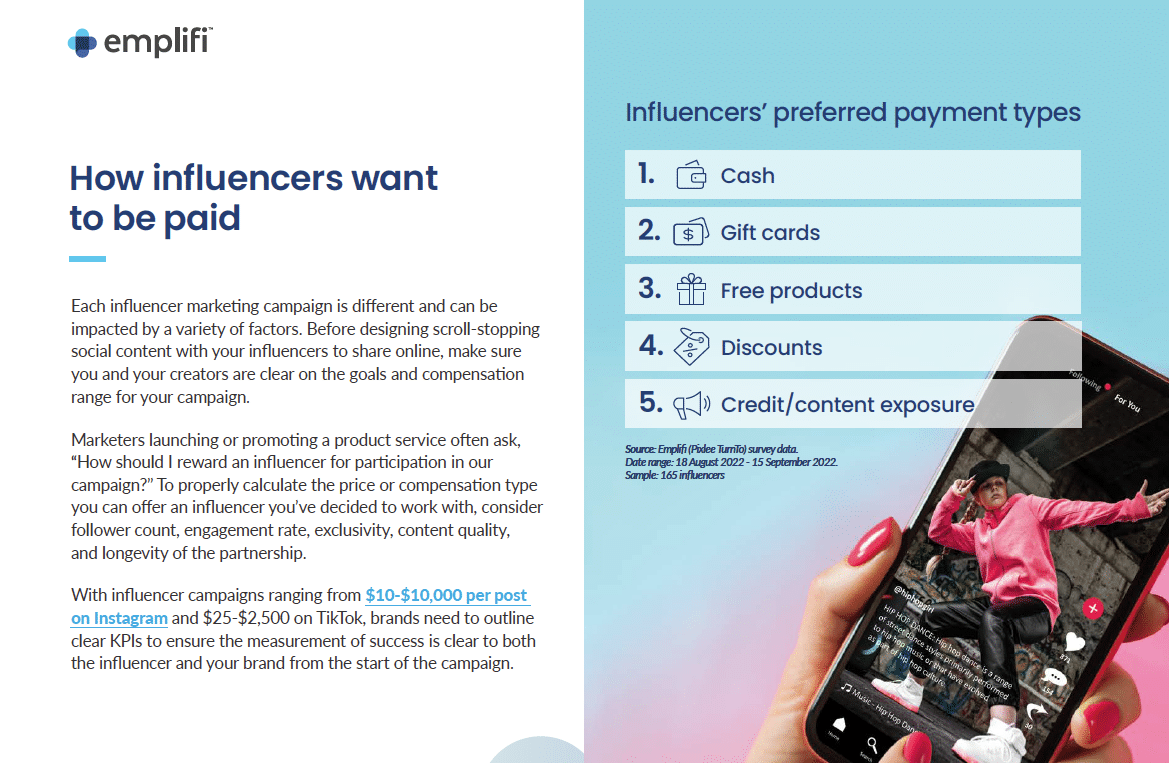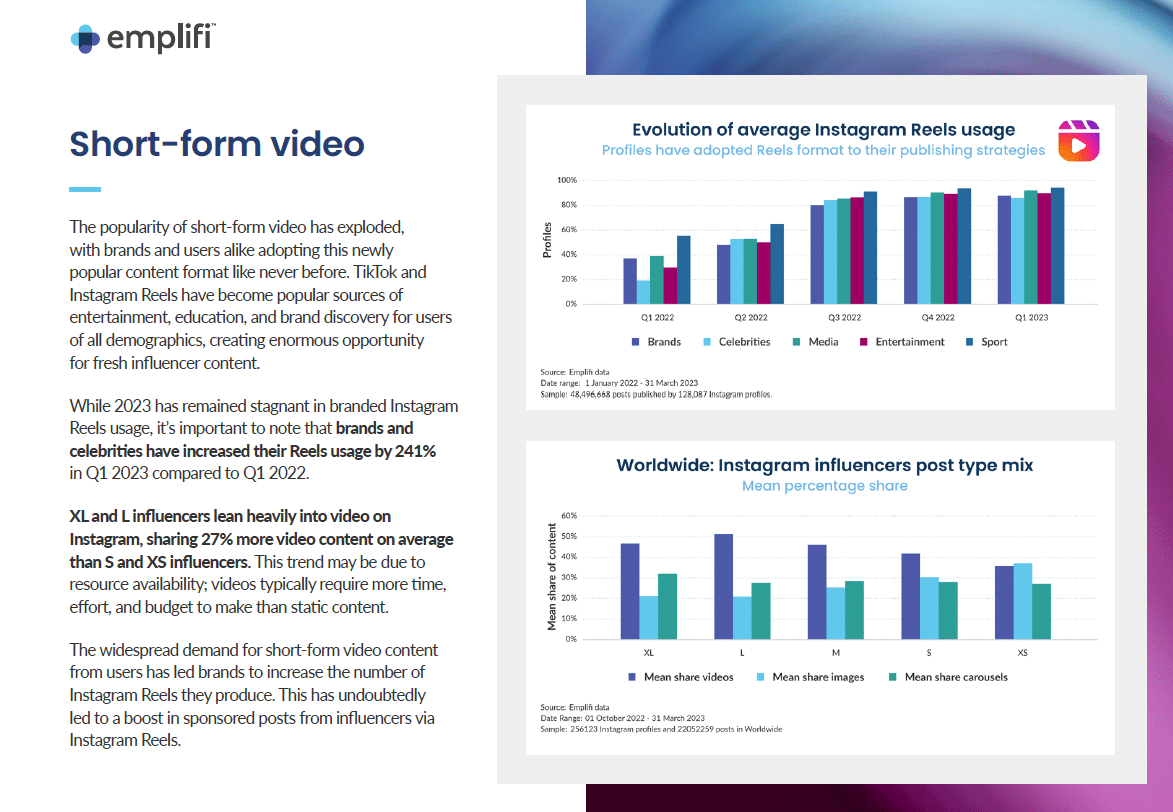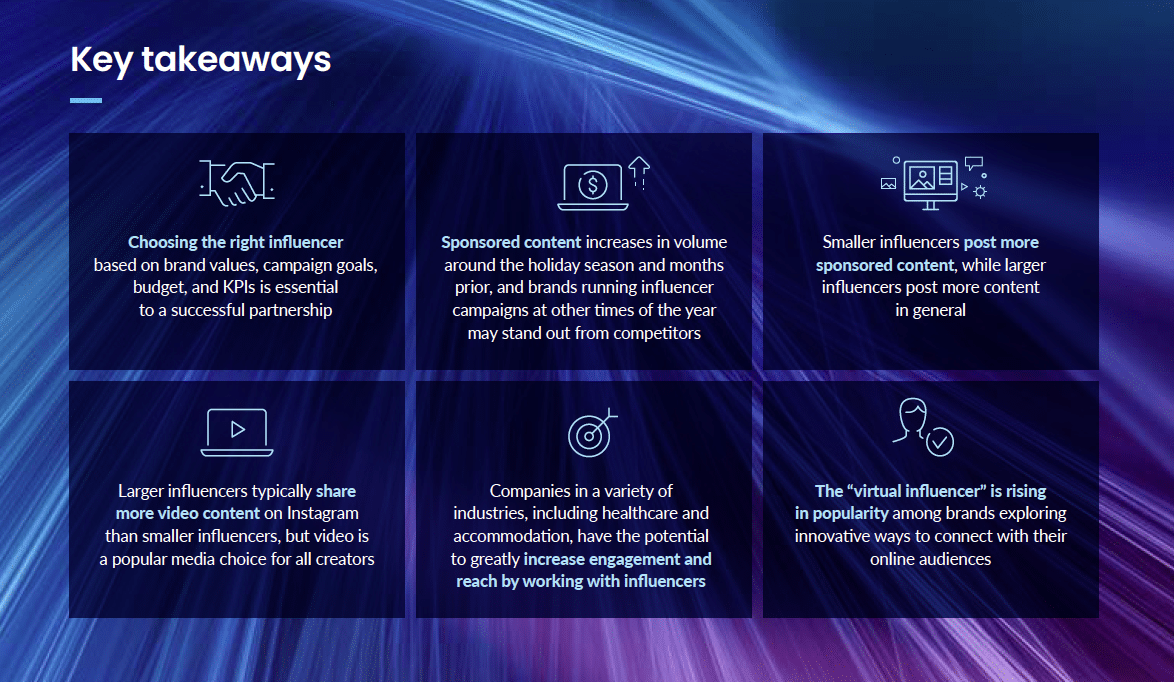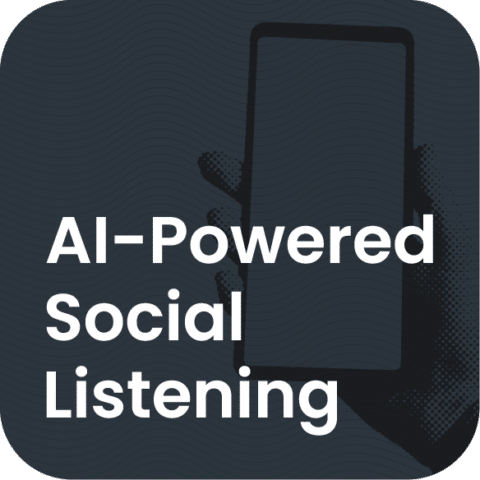It can be hard to keep track of shifts in the ever-evolving field of influencer marketing, which creates ongoing challenges for communicators who want to maximize the impact of their campaigns (and manage their budgets accordingly). New research from customer engagement platform Emplifi uncovers key influencer marketing trends from preferred payment terms and posting frequency to a breakdown of sponsored content by influencer size—as well as fresh opportunities for healthcare and hospitality communicators to consider.
The firm’s newly-released 2023 State of Influencer Marketing Report offers a comprehensive look at business-critical influencer marketing trends for the year ahead, including industry performance analytics across social platforms, a detailed analysis of Instagram’s influencer landscape with supporting data, and findings from a survey polling popular influencers across industries.
Influencer marketing has experienced an upward trajectory since its inception with analysts predicting it will be a $22.2 billion dollar industry by 2025 in the United States alone. While Instagram has long been the leading platform for influencer marketing efforts, TikTok is making its mark and projected to become the second highest-ranking platform in terms of marketing spend in the year ahead.
“We’re currently living in the age of authenticity. Customers are voting with their wallets and want to be purposeful in the transactions they make. Meanwhile, marketers are facing immense pressure to demonstrate ROI despite massive budget cuts,” said Zarnaz Arlia, Emplifi CMO, in a news release. “Influencer marketing gives brands a cost-effective path to reach and engage new audiences. And with the explosion of TikTok’s popularity, there are still untapped opportunities to connect with all new customer segments on a platform that is delivering measurable ROI for influencer marketing campaigns.”
Key findings in the report:
- 90 percent of influencers are active on Instagram and 66 percent on TikTok, but only 4 percent of influencers look to Twitter or Pinterest as a platform for potential brand partnerships.
- 7 percent of influencer content is sponsored, peaking in the months leading up to the winter holidays. There has been a slight decrease in sponsored content year-over-year which is likely the result of marketing budget cuts.
- Comparing influencers of different audience sizes, the data shows that the larger the influencer, the less frequently they share sponsored content on Instagram. On average XS influencers (10,000 followers or less) post 67 percent more sponsored content than XL influencers (1 million followers or more) and L influencers (100,000 – 1 million followers) on Instagram.
- XL and L influencers lean heavily into short-form video content on Instagram, sharing 27 percent more video content on average than S and XS influencers.
Macro influencers are embracing a video-first strategy
While 2023 has remained stagnant in branded Instagram Reels, it’s worth noting that brands and celebrities increased the number of Reels they posted in Q1 2023, up 241 percent compared to Q1 2022.
More specifically, XL and L influencers leaned heavily into video on Instagram in Q1 2023, sharing 27 percent more video content on average than S and XS influencers. This trend may be due to resource availability: videos typically require more time, effort, and budget to make than static content.
Influencer marketing’s untapped potential by industry
Based on the data, some industries are more likely to benefit from an influencer marketing strategy than others. For example, global healthcare brands, including companies specializing in medical products such as eyewear, medtech, and medication, have the potential to gain 18 times their current reach by collaborating with an influencer. The research reveals that collaborating with influencers can significantly boost the effectiveness of healthcare brand campaigns, as influencers achieve approximately five times more audience engagement (likes, comments, shares, etc.) on their average posts compared to those of healthcare brands.
Close behind healthcare, accommodation brands, a subset of the hospitality industry, can greatly benefit from partnering with influencers, as they have the potential to expand their social media reach by up to 18 times and achieve 4.2 times more audience engagement compared to their current performance.
The beauty industry, which is well-versed in influencer marketing, is well aware of influencer impact: Influencer marketing campaigns run by beauty brands win 14-times the reach and 3.2-times the engagement compared to non-influencer campaigns.


